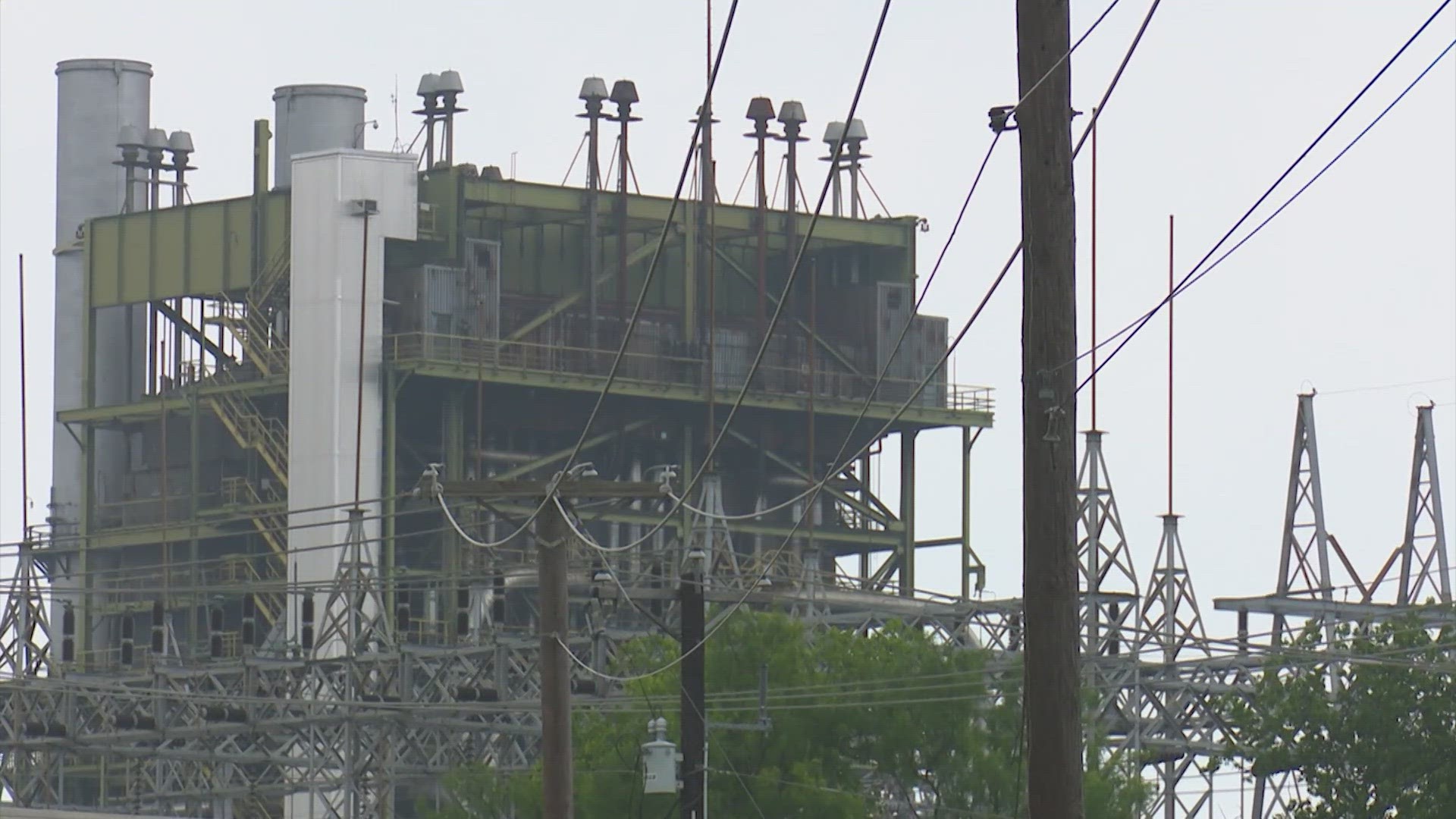DALLAS — A problem at a Texas nuclear power plant Friday caused a sudden dip in electricity supply, forcing the Electric Reliability Council of Texas (ERCOT) to tap a brand new reserve system to stabilize the grid.
A spokesperson for Vistra Energy confirmed Sunday that Comanche Peak's Unit 1 reactor "safely and automatically shut down" Friday after a non-nuclear equipment issue involving a feed water pump.
"Our teams worked diligently to assess and fix the equipment and were quickly able to get the unit back online," Meranda Cohn said.
Unplanned nuclear outages are rare, and the timing of this incident prompted concern. Texans will likely set electricity demand records twice this week, when temperatures soar to triple digits.
"We need all (generators) showing up for work every day right now," said University of Houston energy fellow Ed Hirs.
Some nuclear power came back online gradually Sunday, an indication normal operations are resuming.
There are two nuclear units at Comanche Peak and two at the South Texas Project. Each unit produces almost the same amount of power, combining to generate about 5,000 megawatts of electricity at a given time.
"These plants are designed so that if there is an upset, they trip offline quickly," Hirs said.
According to public records, ERCOT reported an unexpected loss of nuclear generation at 6:31 p.m. Friday. The production dip totaled 1,235 megawatts, enough electricity to power 250,000 homes on a hot Texas day.
Almost immediately, the grid manager deployed a new backup power system. This ERCOT Contingency Reserve Service depends mostly on battery storage, allowing the state to tap long-lasting electricity soon after an unexpected problem.
The new storage system launched June 10, six days before the nuclear outage. ERCOT also tapped the system on June 14.
The reserve helped ERCOT stabilize grid frequency while electricity demand was still relatively high.
Forecasters predict Texans will work the grid harder than ever beginning Monday, with tightest supply and demand conditions coming Tuesday evening.
Still, there should be enough renewable energy to meet Texans' needs.
"It's hot," Hirs said. "The good news is that it's a 'clear sky' type of hot. Our solar capacity has grown dramatically over the last two years. That's really helping us out right now."

